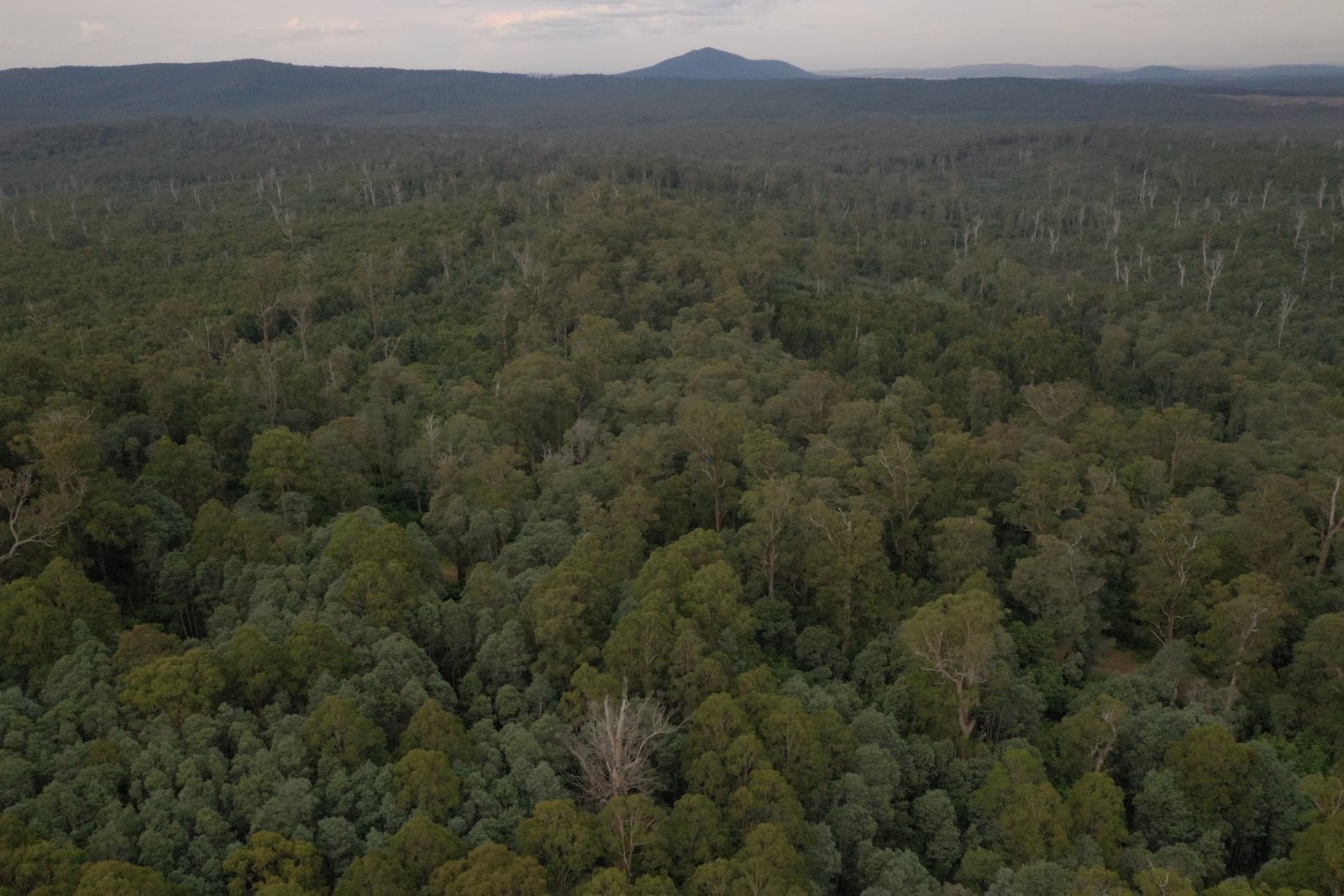At the beginning of 2020 we wrote to VicForests CEO Monique Dawson about the devastating ecological impacts of post bushfire logging. She admitted to rejecting the advice from leading expert in the field David Lindenmayer, instead relying on VicForests own determination and enforcement on what they felt had value. For over 2 years they have logged recovering forests without oversight, with impunity, and with the tacit support of the Dan Andrews government.
Since the 2019 - 2020 fires, this is what post-bushfire logging looks like in East Gippsland on Bidewell and Monero Country.

Shocking drone footage reveals the scale of logging devastation in Cann River

Forests home to the critically endangered Giant-burrowing Frog in Marramingo Creek

Marramingo Creek

Mount Jersey near Goongerah
1.2 million hectares burned across eastern Victoria in the 2019 – 2020 fires. The fires pushed many threatened and endangered flora and fauna to the brink. The Long Footed Poteroo had 79% of their distribution within the fire extent, yet many areas where they've been found post-fires are still being targeted for logging.
Research shows that post bushfire logging is the most damaging form of logging. For example logging large old trees can prohibit suitable habitat for up to 200 years afterwards. Tree ferns are all but eradicated from forests that have been burned and then logged. Research shows that gliding possums are unlikely to return for 180 years if at all to forests burnt and then logged immediately after.
First VicForests said they were just removing burnt hazardous trees by the highway, then they said "salvage logging" would only occur in areas where “most of the standing trees had been killed”. No surprise, all of this turned out to be a lie.
Post bushfire logging versus clearfelling
VicForests say their so called "salvage" logging follows careful prescriptions for managing and supporting a recovering environment. Let these images speak for themselves. The left is a clearfelled coupe pre-bushfire, the right is a post bushfire logged coupe. Can you tell the difference?

Forest regenerating after bushfire
Both burnt and unburnt areas provide important refugias for species attempting to recover. Hollow bearing animals can still use hollows of many burnt trees, even if they have fallen; the fresh shoots of re-growth and sparse access to recovering plants provide important food sources for struggling species. Post-bushfire logging can have terminal outcomes for these animals.
It can take a long time for forests to recover from fire. It’s estimated it can take over a century for soils to recover. If left to regenerate though, it’s estimated that 70% of plant species in eucalypt forests have the ability to resprout. These forests are far from dead. Burnt logs provide shade, moisture, and shelter for plants, and rotting timber is food for insects, which in turn provide food for mammals and birds.
Watch more on the ability for forests to recover from fire here.

Old Bonang Road coupe - before logging

Old Bonang Rd coupe - after logging
Forest in need of protection
With a forest so brutally damaged by fire, now is the time for restoration and recovery, not annihilation. Post-bushfire is the bleakest most destructive and unthinkable form of logging. Post-bushfire logging prescriptions are meant to cease at the start of June. We're are currently seeking further detail on what the future of these forests will be after this date.
Whether it's fire impacted forests, or unburnt forest refuges, all these areas must be protected. We'll keep working hard to see these forests permanently protected from logging.

Critical unburnt forests in Bendoc/Errinundra - still scheduled for logging
